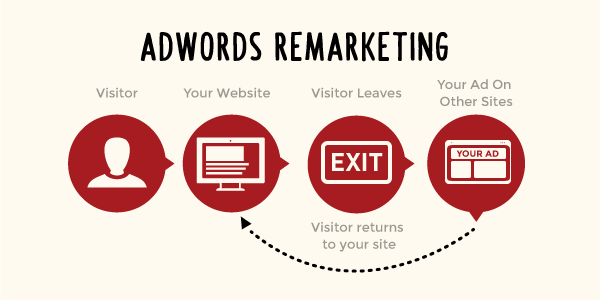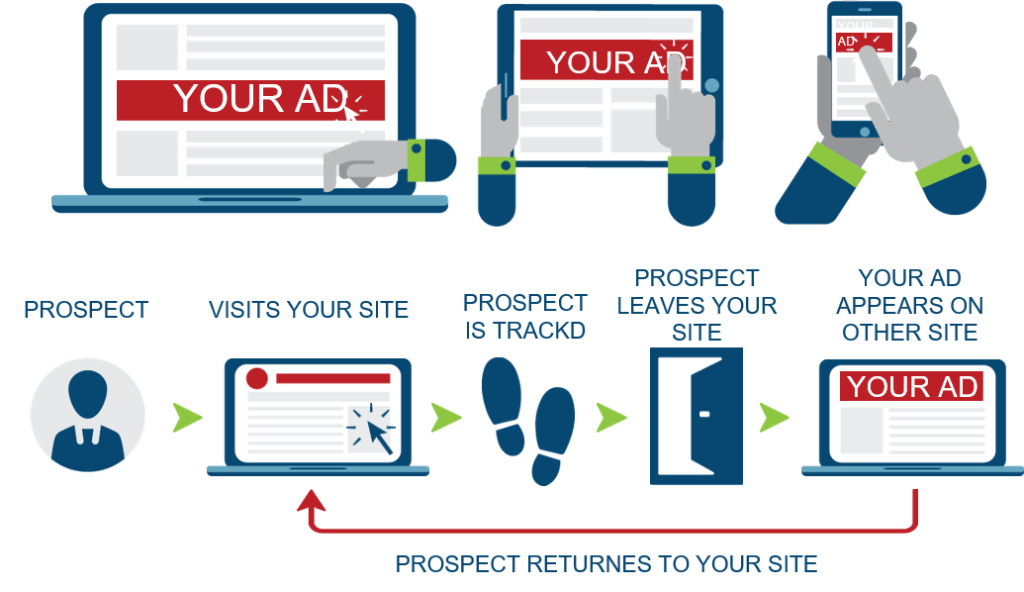Best Practices for Google Ads Remarketing Services

What every seller, be it online retailers or brick-and-mortar establishments, wants is a second chance—a second opportunity to convert the client or consumer. However, that rarely happens for a number of reasons, such as lack of wherewithal and resources at disposal to follow consumers.
Is there a way that let business owners convert qualified leads and almost-lost opportunities? Yeah, there is, and Google offers that service, it is called Google remarketing services, a data-driven approach that helps business owners to follow qualified leads and consumers on the web, and offers contact points when the probability of making the sale is the highest.
Remarketing is the best bet for online sellers to cash in the lost opportunities. With Google remarketing campaign, many businesses have increased the sales by many folds while decreasing the investment.
How Does Remarketing Campaign Work?

A cookie-based approach, remarketing let advertisers display optimized ads to qualified leads on the vast Google display network, more than two million sites are in the network. For following the consumers, Google offers a code snippet—remains embedded on the desired website pages—that drops cookies on the browser of the website visitors and app users, without compromising privacy of the visitors.
Leveraging the Ads remarketing, however, is quite different from running a PPC account. A different set of best practices are followed:
#1. Tag the whole website and the application with the code snippet
When you start using the remarketing campaign, the best approach is to tag every page of your website and the app, as it helps collect data to understand the behavior of the range of the visitors. Eventually, with analysis of the sales data accumulated over time, campaign manager can chart out a fine tuned approach, with focus on specific product or page.
#2. User remarketing list to classify the various segments of the audience
The tool offers flexibility to customize the bids, as well as the ads in order to engage a different set of visitors. With different ranges of ads—and big adjustments—remarketing takes the internet marketing to the next level, letting campaign managers to serve the valuable visitors appropriately. In other words, you can simulate the in-person personalized experience on the internet to increase customer loyalty.
#3. Couple the remarketing bidding with target cost per acquisition
The best way to maximize conversions is to use the setting known as target CPA, a kind of dynamic automated bidding, which helps to achieve objectives within the desired budget. Moreover, automating the bids in Google remarketing campaign can provide time to managers to focus on other key points on the campaign.
#4. Employ all types, formats and sizes of display ads
Embedding all types ads, like text, HTML5, mobile, and image helps you reach the visitors on different devices with the most effective way. Employing a specific size, format or type of ads for Google remarketing services can limit your ability relay message to the visitors.
#5. Focus on the dynamic remarketing
Dynamic remarketing makes the campaign more personalized driven by the online behavior data accumulated by Google. With the use of dynamic remarketing, visitors are shown those ads, or similar ads that they went through or engaged on the site, which personalizes the shopping to great extent.
#6. Do not limit the performance with languages, placements, and locations restrictions
Running a remarketing campaign with languages, locations and placements restrictions can hinder the performance of the entire campaign, and therefore, it is recommended to make the campaign exclusions free.
Google recommends all the above-mentioned remarketing best practices for optimizing the performance of the remarketing campaigns.


